Japanese anime has cultivated a devoted global following with its singular aesthetic, blending eye-popping graphics, kinetic action sequences, and imaginative tales that subvert expectations.
In recent years, this visual storytelling form has experienced a groundswell of popularity throughout the world.
Analyzing demand data reveals that the global consumption of anime content has skyrocketed approximately 118 percent in just the last two years – making it one of entertainment’s fastest-expanding genres.
The overall anime industry reached an awe-inspiring market value of $29.11 billion in 2022.
Future projections chart aggressive continued expansion at nearly a 10 percent compound annual growth rate between 2023 and 2032.

Cutting-edge technologies like AI, VR, and AR seem poised to further stimulate the anime market’s meteoric rise.
But this tech innovation cuts both ways…
Lately, the anime world has been grappling with thorny questions as AI rapidly takes over animation tasks traditionally performed by human creators.

While AI delivers speed and cost efficiencies, some argue it lacks the nuanced artistry and empathy of human storytellers. The long-term impacts of supplanting animators with algorithms remain clouded in uncertainty.
AI’s Impact on Voice Acting and the Authenticity of Human Creativity
Acclaimed voice actor Yuki Kaji, best known as the Japanese voice of Eren Yeager in Attack on Titan, recently expressed concerns over AI being used to mimic human creativity without consent.
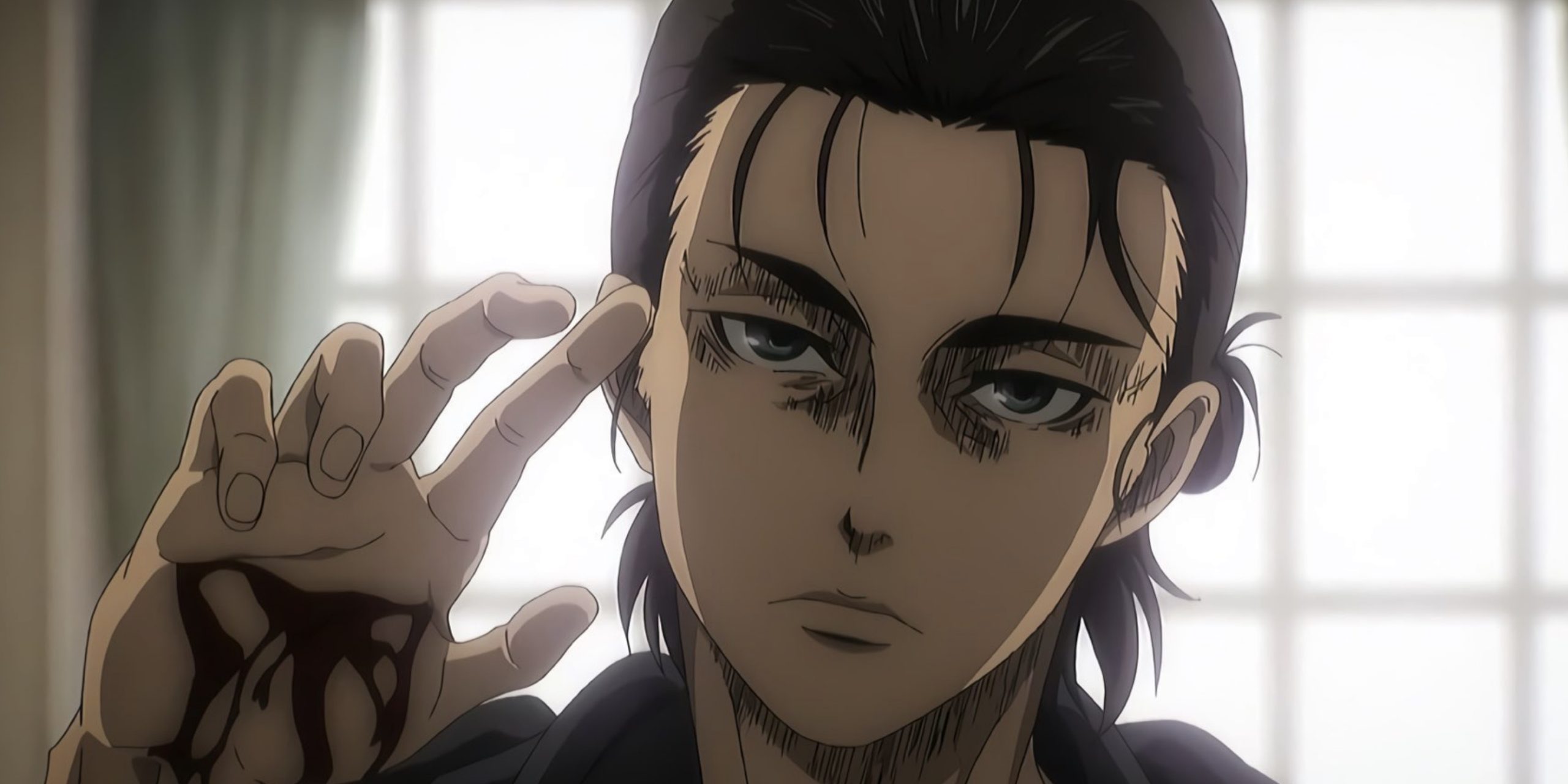
In an interview, Kaji shared discomfort after hearing an AI effectively simulate his voice to say things he never actually uttered.
He feels it’s “terrifying” that manipulated clips could spread rapidly, deceiving fans into thinking it’s real.
Kaji sympathizes with fans enjoying “dream collaborations” via AI as an easy shortcut around the difficult process of getting talent to participate.
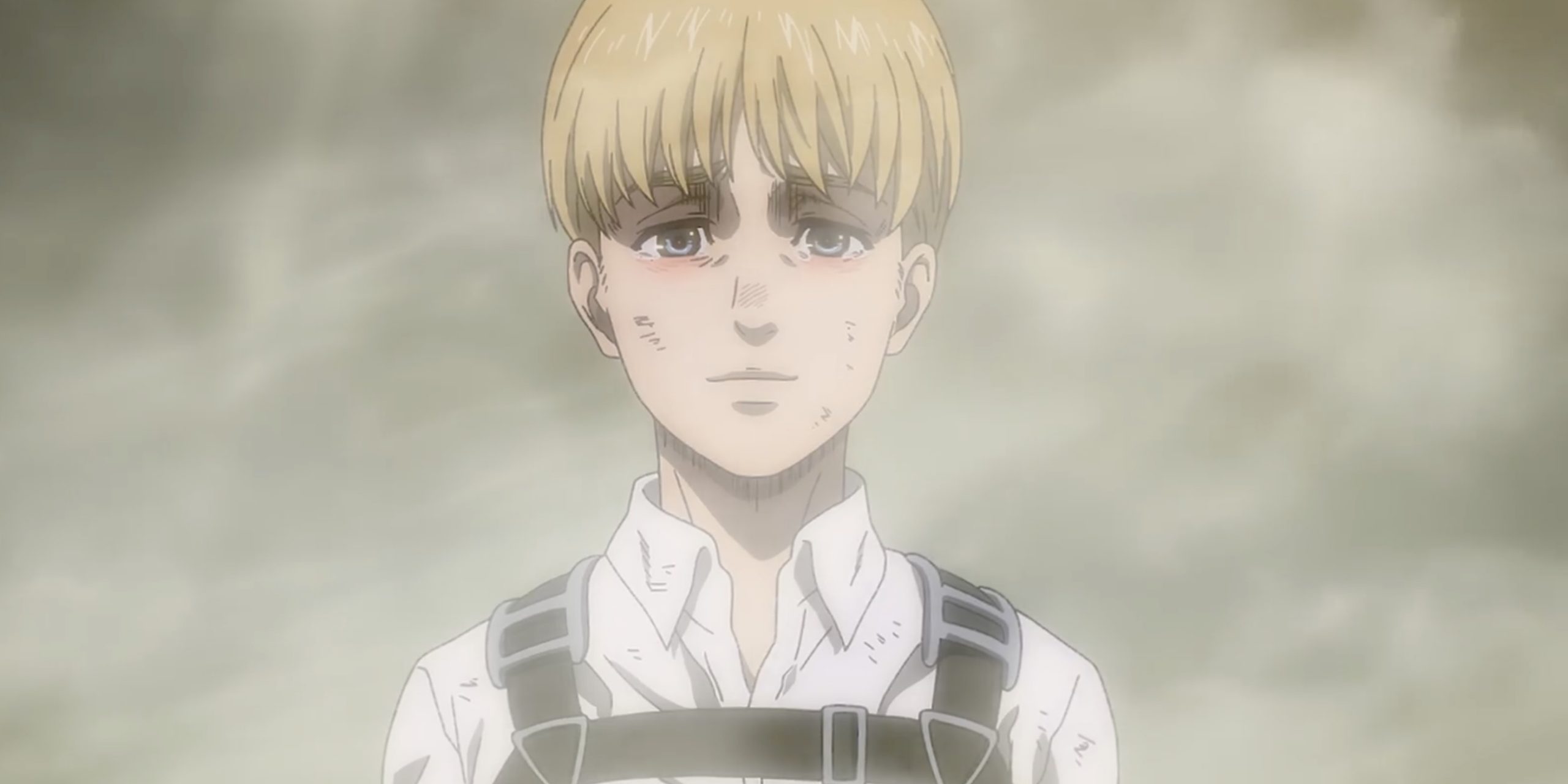
However, he refuses to accept this technology as it diminishes people’s hard work. The appeal for fans is attaining something otherwise requiring major hurdles.
But Kaji stressed that to legitimately get him to do a cover performance remains an arduous, lengthy process – one that using AI to fake his voice undermines.
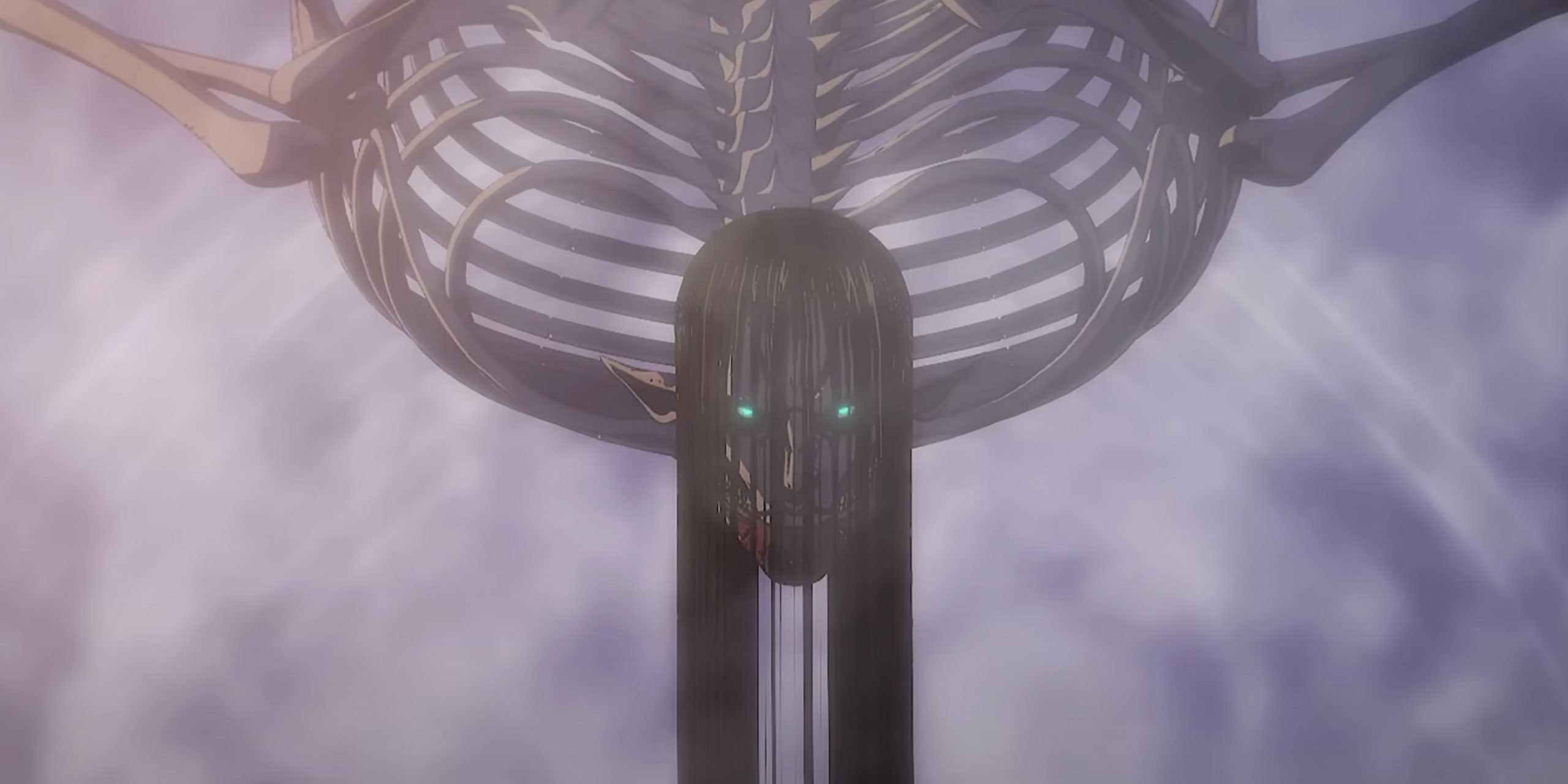
In the anime industry and beyond, Kaji worries AI threatens to degrade the value of human effort and creativity.
He’s frustrated that this technology can propagate false depictions incorrectly, implying his participation.
AI Translation Sparks Debate on the Future
After concluding its “College” storyline in March 2022, The Ancient Magus’ Bride manga by Kore Yamazaki relaunched its new “Beast Hunting” arc with an unprecedented announcement – the new chapters would be released worldwide simultaneously in English via AI translation.
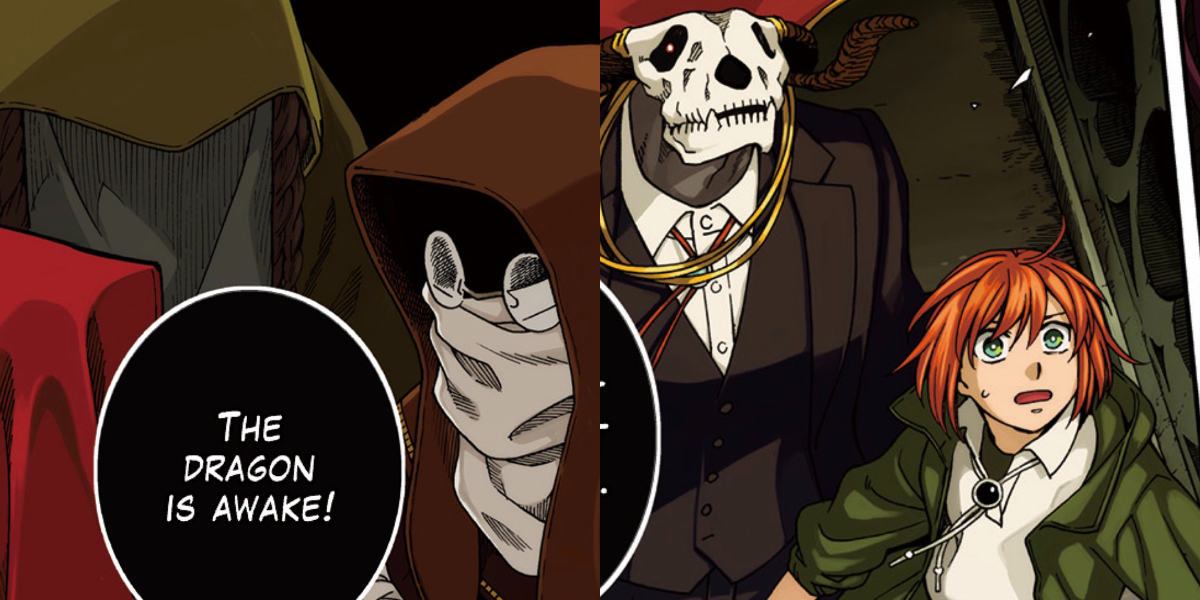
The AI translation was provided by Mantra, a tech firm specializing in natural language processing and machine learning.
This means the human employees who previously localized the manga’s English chapters have been replaced by the AI.
For many in the close-knit anime/manga translation circles, this development came as a shock.
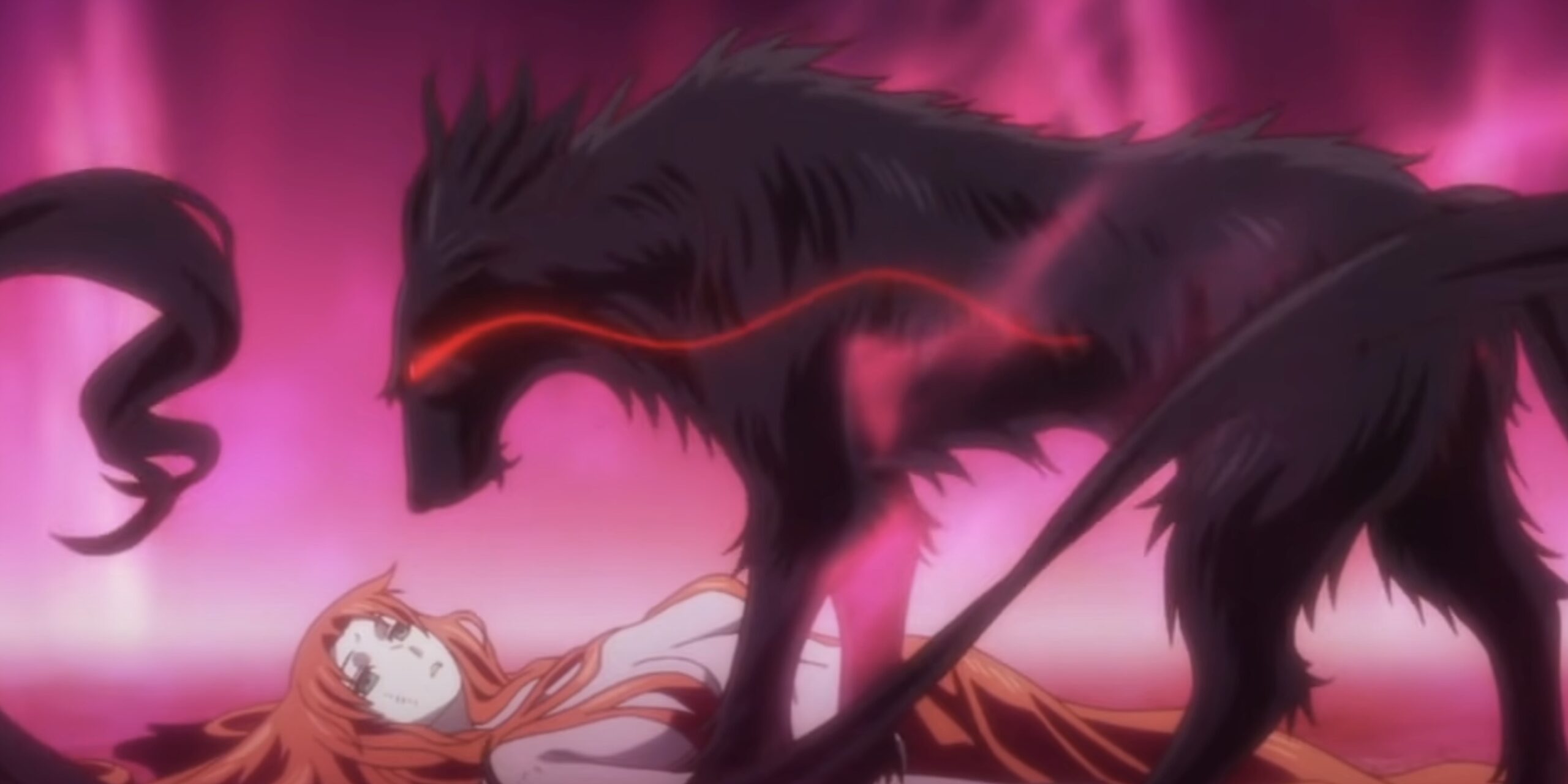
Some see the AI takeover as the inevitable automation of yet another profession.
Others hope human insight can still play a role despite AI’s rapid, low-cost translation capabilities.
But for now, the subcultures built around translating and spreading Japanese pop culture internationally face profound questions about AI substituting more human effort.

The employees who dedicated their careers to anime/manga localization are headed toward an uncertain future as AI translation looms.
Their reactions range from reluctant acceptance to grappling with how to adapt their skills.
AI Efficiency versus Exploitative Labor Practices
While the anime industry thrives and expands globally, it has long been notorious for exploitative labor practices – low pay, unpaid overtime, and high pressure.
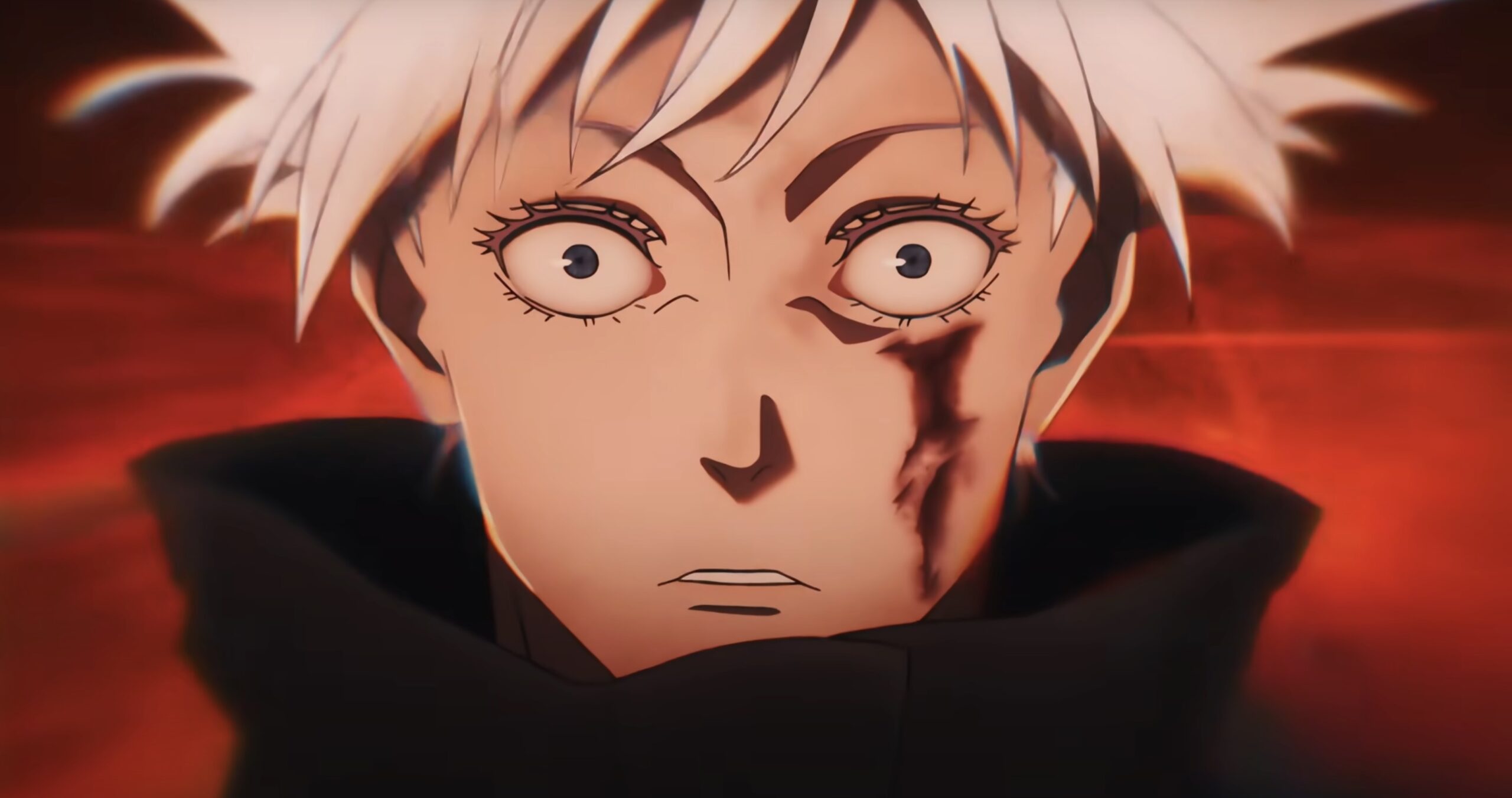
Animators and illustrators earn as little as $200 per month working grueling hours. Many exit the industry due to the extreme mismatch of effort and compensation.
Much of this stems from the anime money flow structure where production committees – comprised of publishers, toy brands, pachinko parlors, and game companies – reap the lion’s share of profits.
The actual animation studios receive fixed project fees, cushioned against losses yet unable to benefit from the booming popularity.
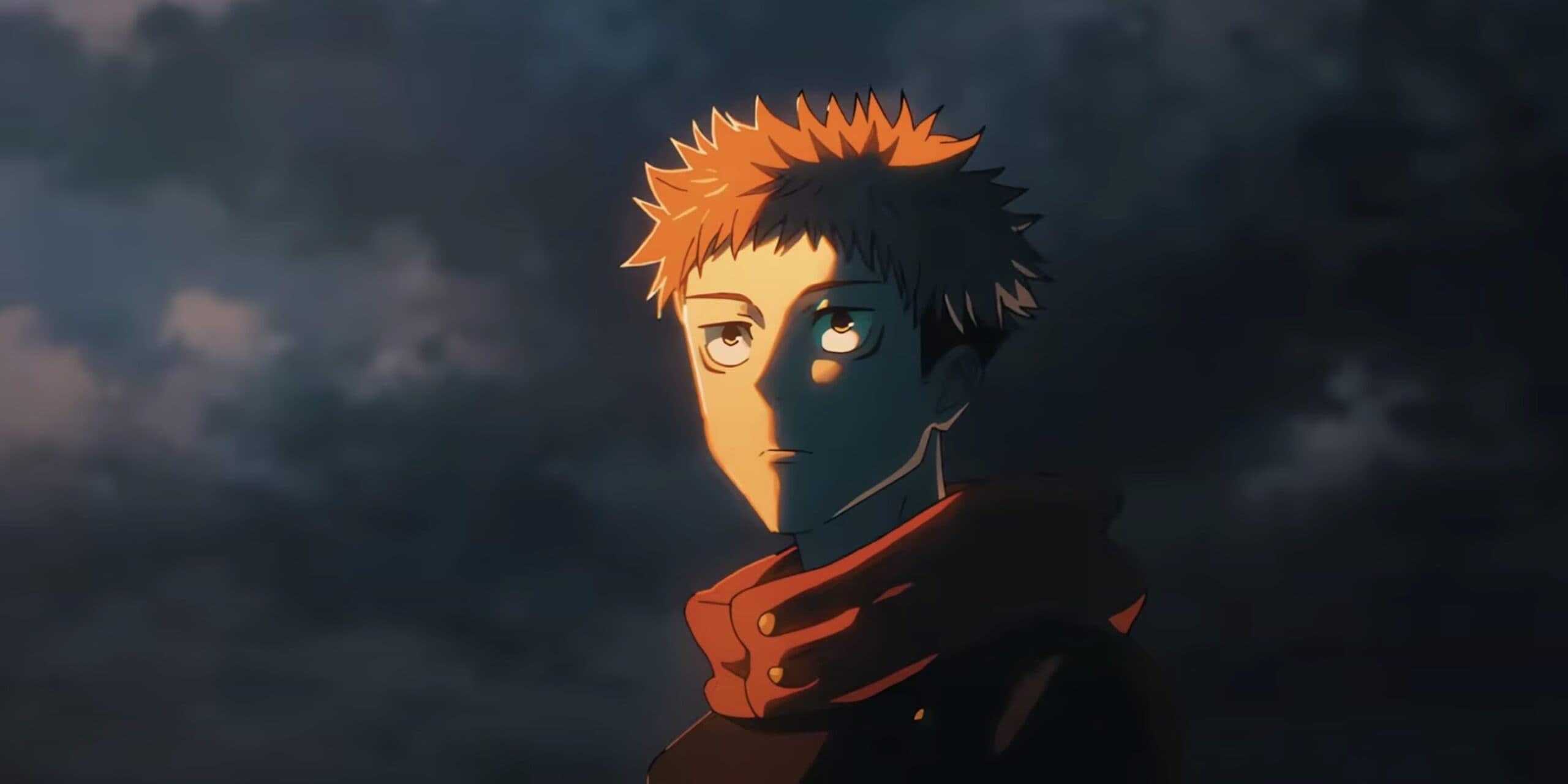
Facing a labor exodus crisis, many studios have turned to AI as an alternative.
Since anime creation involves intensive human effort, AI is being deployed to complete visual assets and translations at a fraction of the time and cost.
Machine learning algorithms now tackle complex anime imagery.
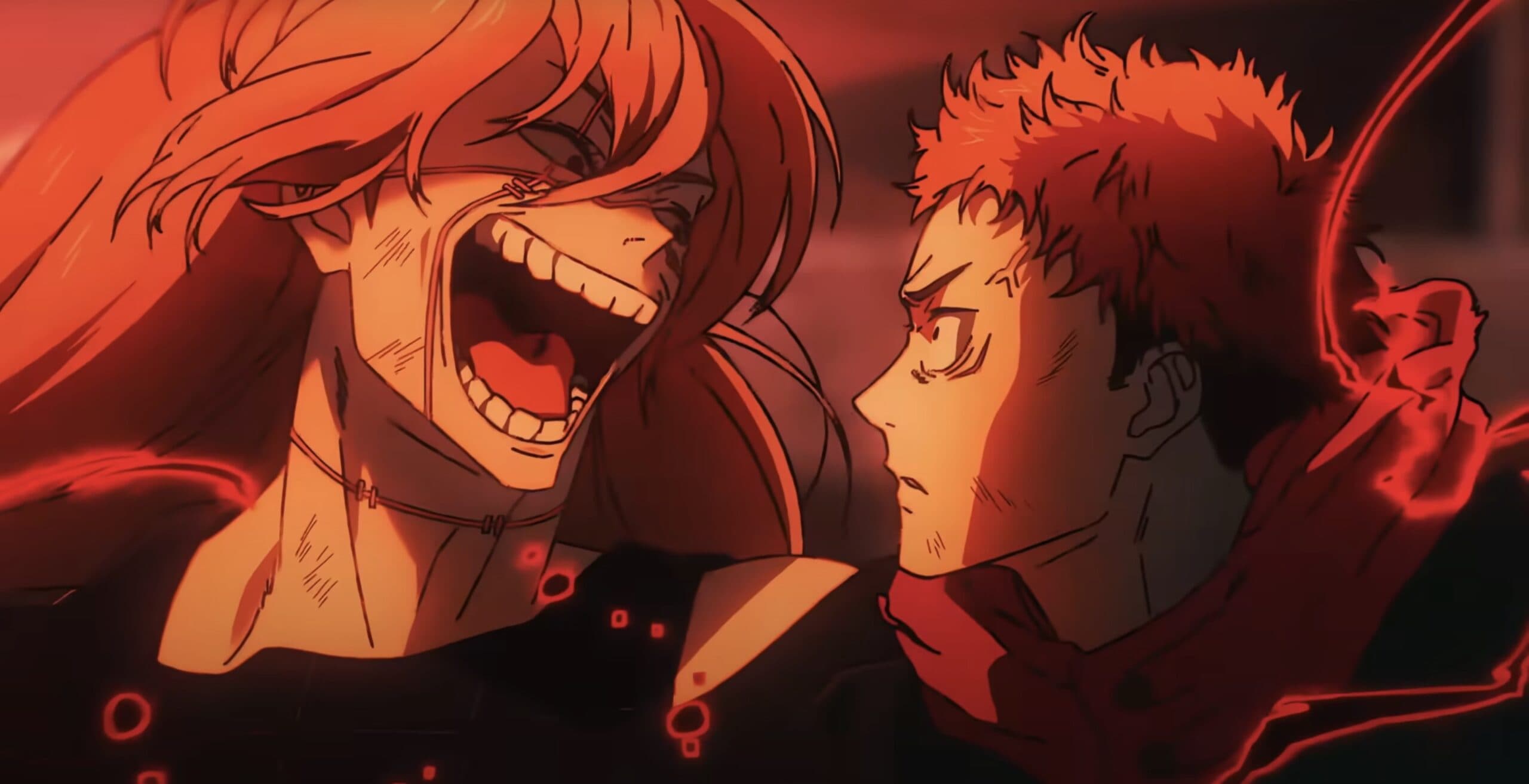
Natural language processing programs translate the unique grammar of Japanese speech boxes.
While keeping studios profitable, this automation leaves many human specialists out of work.
Anime industry veterans watch nervously as studios become increasingly reliant on AI for efficiency and cost savings.
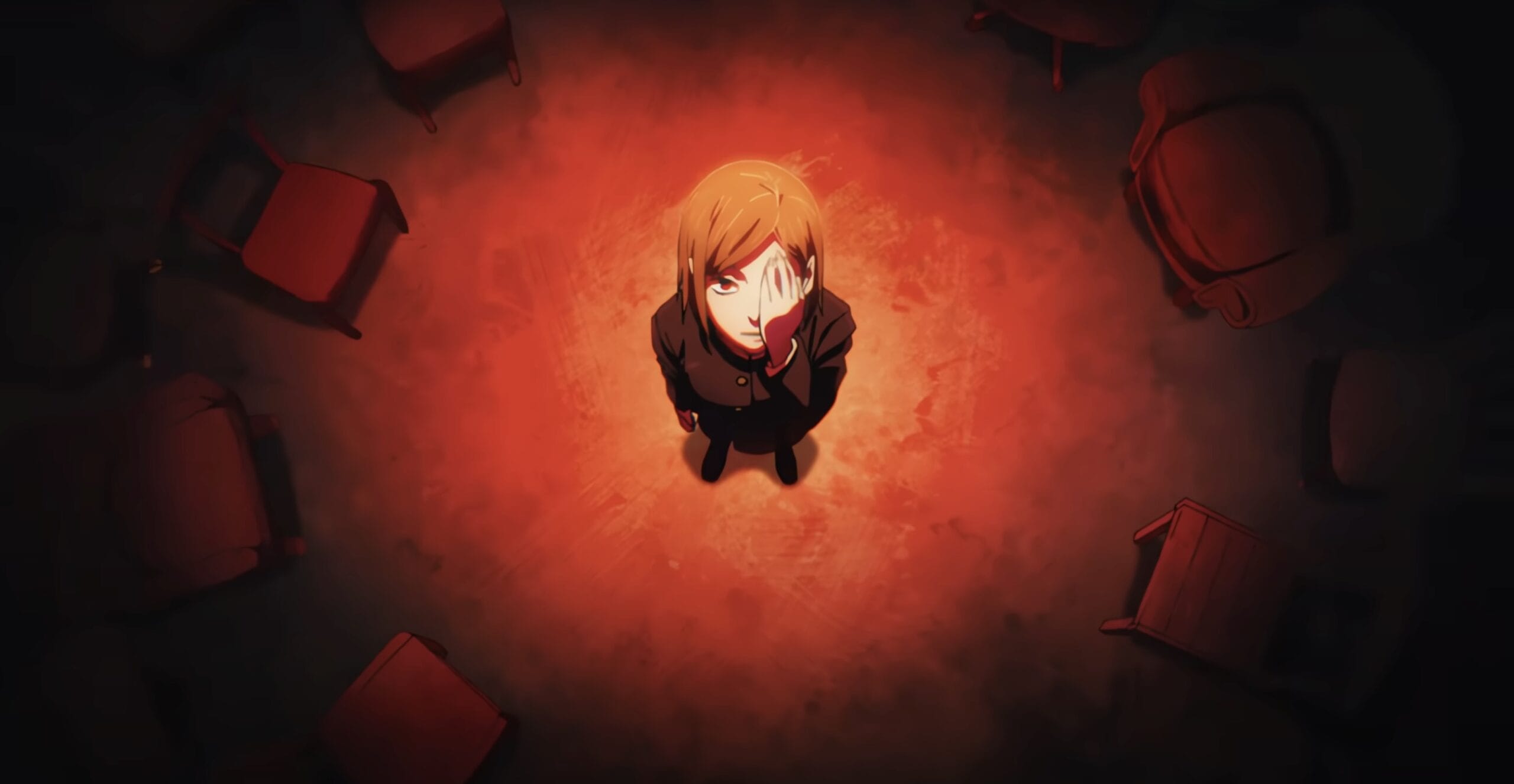
Some employees now face the stark reality that the very human talents and skills they invested years in perfecting may no longer be as valued.
DONE





